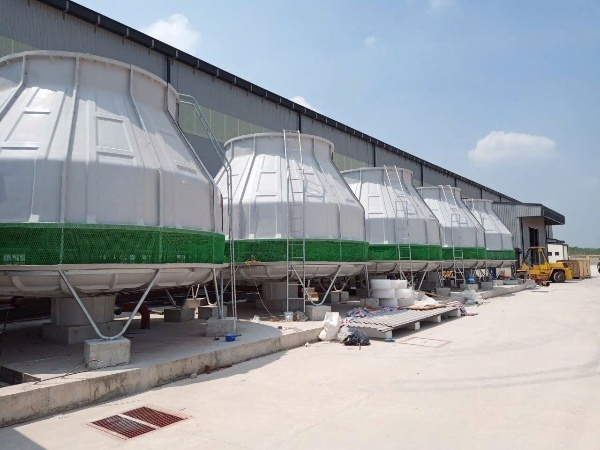Cooling Tower Vs Water Chiller
Cooling Towers and Water Chillers are used to remove heat from a process or building, they are not interchangeable. They are fundamentally different pieces of equipment that often work together in a system.
Here’s a breakdown of the key differences, how they work, and when each is used.
At a Glance: The Core Difference
- Water Chiller: Creates cold water. It’s a refrigeration machine that uses a compressor and refrigerant to actively cool water down to a desired temperature (e.g., 44°F / 7°C).
- Cooling Tower: Cools down already warm water. It’s a heat rejection device that uses the natural process of evaporation to cool water by exposing it to air. The water it produces is cooled to near the ambient wet-bulb temperature.
Think of it this way:
- A Chiller is like the air conditioner in your house—it uses energy to generate cool air.
- A Cooling Tower is like the radiator in your car—it uses air and a fan to dissipate heat that’s already been collected.
Detailed Comparison
| Feature | Water Chiller | Cooling Tower |
| Primary Function | To generate a supply of chilled water for process cooling or air conditioning. | To reject heat to the atmosphere by cooling down water that has already absorbed heat. |
| How It Works | Uses a refrigeration cycle (compressor, condenser, expansion valve, evaporator). A refrigerant absorbs heat from the water and then rejects that heat elsewhere. | Uses evaporative cooling. Warm water is sprayed over a “fill” while fans pull air through it. A small portion of the water evaporates, removing a large amount of heat from the remaining water. |
| Type of Cooling | Active, Mechanical Cooling. Requires significant electrical energy to run compressors and pumps. | Passive, Evaporative Cooling. Primarily uses fans and water pumps, which require less energy than a chiller’s compressor. |
| Outlet Water Temp. | Can produce cold water at a precise, low temperature |
